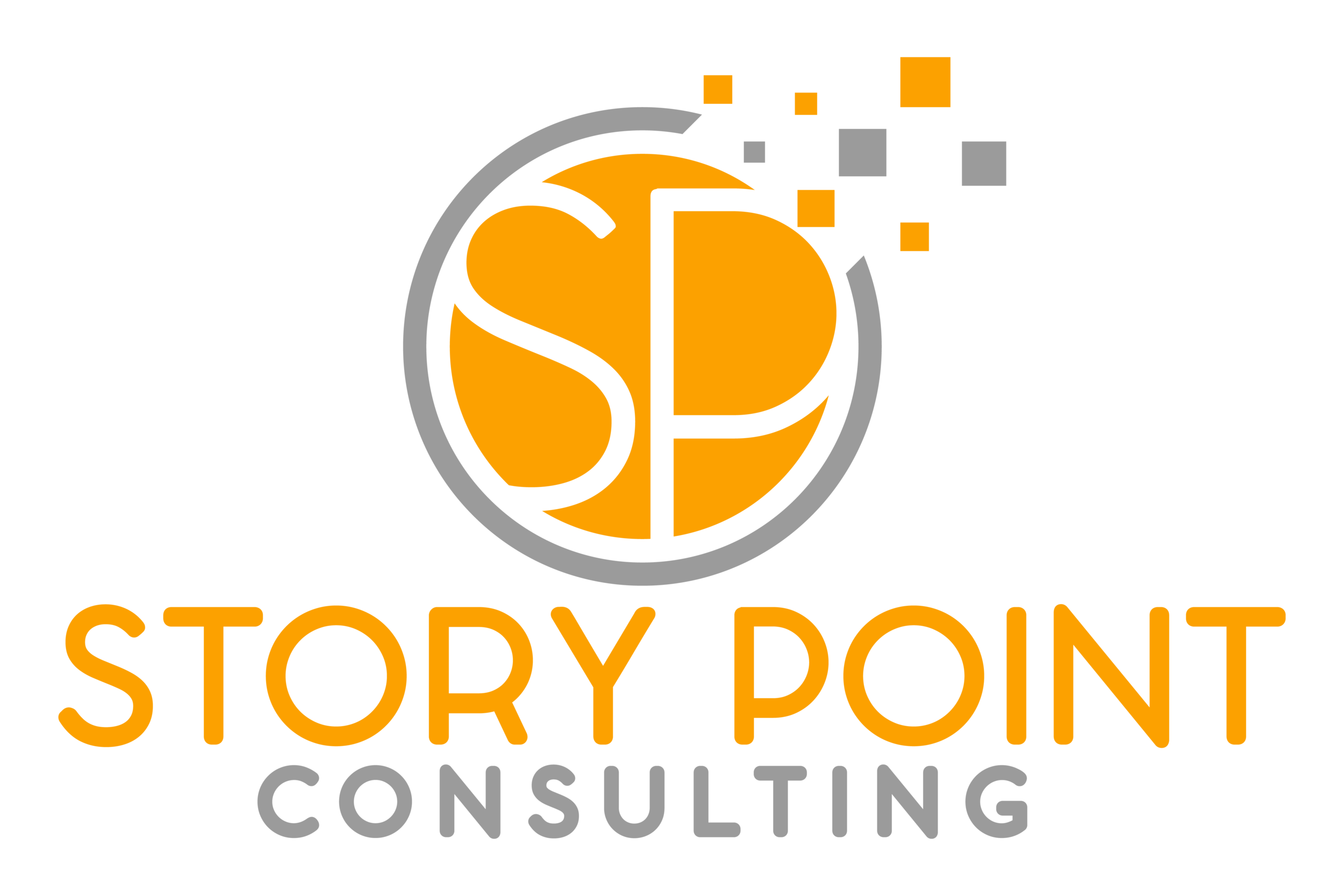Leveraging Artificial Intelligence to Improve Efficiency for Charities and Nonprofits
Understanding Artificial Intelligence
Artificial intelligence (AI) is the ability of a computer to learn and perform tasks usually done by humans. With the presence of digital assistants and AI increasingly integrated into our daily routines, many people are becoming comfortable with its use. Additionally, AI is used in various sectors, from detecting fraud in a banking transaction to health care providers predicting health risks in individuals. Nonprofits, like other sectors, can also leverage AI to enhance efficiency, productivity, and decision-making.
Many charities and nonprofit organizations have small teams and may have limited resources, therefore maximizing staff productivity is essential to achieve the organization's mission and serve the community effectively. By leveraging AI, nonprofits can streamline their operations—for example, by using AI to write grant applications or schedule volunteer shifts. And in this article, we will explore how using AI can help enhance your staff's efficiency.
Automating Routine Tasks
AI can significantly enhance efficiency by automating repetitive tasks such as scheduling, data entry, and email management. For example if your organization holds regular meetings instead of manually coordinating everyone's availability, an AI-powered scheduling assistant can streamline this process by automatically finding suitable meeting times based on participants' calendars. This not only saves time but also helps prevent scheduling conflicts.
Similarly, if you receive a number of emails from your staff, volunteers, or donors. AI-driven email management can sort through these messages, categorizing them based on content and importance. Furthermore, it can even respond to common queries with responses written in advance, ensuring that important emails are addressed promptly without overwhelming your team. By automating repetitive tasks, your team can concentrate on more strategic activities, like building relationships with donors or taking the time to analyze data to identify prospective supporters for your cause.
Enhancing Communication
It is not unusual to visit a website and have a chat window automatically pop up, asking how it can assist you. Tools like chatbots can handle common inquiries and free up staff time. Chatbots use a combination of rules, scripted responses, and pattern recognition to answer questions on their website. For charities and nonprofits, this means chatbots can manage common inquiries from donors, volunteers, or even new visitors looking for information. For example, an organization might use a chatbot to assist potential donors visiting their website. The chatbot can answer questions about donation options, provide information about ongoing campaigns, or guide users through the donation process. By offering quick and accurate responses, the chatbot ensures that those that navigate your website receive the assistance they need, resulting in a positive experience.
Streamlining Volunteer Management
Volunteers are the heart of many organizations and volunteer management is an important part of that. Finding new volunteers, tracking their hours, and retaining them over the long term are all essential to maintaining an engaged volunteer base. AI can assist by matching volunteers to tasks best suited to their abilities and interests, and managing their schedules to avoid conflicts. This ensures that volunteers are scheduled at times that work best for both them and the organization. And considering the needs and preferences of your volunteers can improve overall satisfaction, leading to longer-term commitments.
Improving Fundraising Efforts
AI can significantly enhance your organization’s fundraising efforts by personalizing donor outreach. For example, AI can create tailored communication strategies that resonate with individual donors. By understanding donor preferences, AI can send messages tailored specifically to them. Furthermore, these tools can also identify strong donors and suggest the best times to reach out to them. This approach can boost donor retention, making donors more likely to continue supporting your cause.
Support Decision-Making
For organizations with very small data sets, statistical methods such as finding the mean (average), or standard deviation (a measure of how spread out the numbers are) can be used to understand your donors better. However, if you have a large dataset, AI can help you make better decisions by identifying trends, patterns, and potential opportunities that might not be immediately apparent when examining your data. For example, a large nonprofit organization may have a large dataset allowing them to create segments based on key characteristics such as donors who contribute a specific amount, or those who maintain strong relationships within the organization. However, by using an AI tool, it may be able to detect previously unnoticed segments within their data.
AI has the potential to increase your staff's efficiency. By automating routine tasks, enhancing communication, streamlining volunteer management, boosting fundraising efforts, and supporting decision-making, AI offers numerous benefits to charitable and nonprofit organizations.
If your team could use some help in improving efficiency and is interested in exploring AI, you do not need to start with the most complex tools. Begin with simple AI solutions and gradually integrate them into your operations, which can enhance your efficiency and better achieve your mission.




